India's and China's Missing Girls
The book highlights the ill-treatment of the girl child and the criminality of social evils like female feticide, infanticide and abandonment of baby girls by parents in India and China. It takes us back to the times of Manusmriti when Indian society was divided on the basis of castes and the system of devadasis was prevalent. There was a strict code of conduct for women. Social evils like child marriage, child labor, child trafficking and prostitution were prevalent. The book also tells us about adoption of children in India, the plight of girls, the condition of orphanages and other scandals relating to adoption, particularly girls, in many Indian states. Although Indian government is conscious of these facts and has launched some programs for the protection of the girl child but only time will tell how successful they are in reversing, or at least improving the situation.
The book also presents a historical view of China’s male-dominated society from ancient times to the recent past and tells us about many types of atrocities that women had to bear. It highlights some hidden realities about the adoption of children in China and describes how girl child was made to suffer in trafficking, slavery and prostitution.
The book gives a comparison of the poor plight of women and neglect of the girl child in India and China-the two countries which have similarities in their socio-economic life, have also some discords in their respective approach to religion insofar as it affects individuals and society. Infants and young children in India and China are laundered and adoption has become a corruption-ridden industry.
The book gives a powerful message to the societies of India and China to take care of the girl child because the rise in the ‘disappearance’ of girls in both countries has enacted an imbalanced sex ratio which neither country is able to resolve and the consequences may be disastrous.
It will be useful for policymakers, social/women’s organizations, NGOs and all those concerned with the cause of women in India, China and elsewhere.
Get it now and save 10%
BECOME A MEMBER

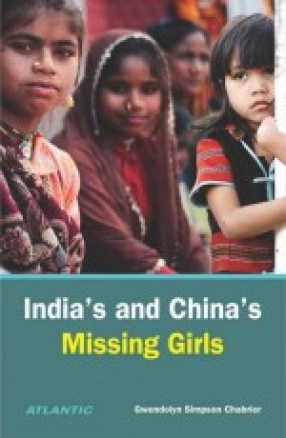
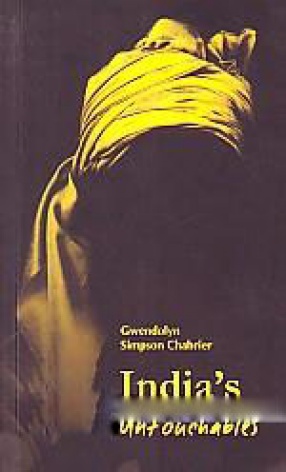

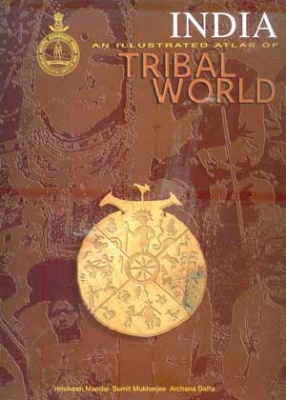
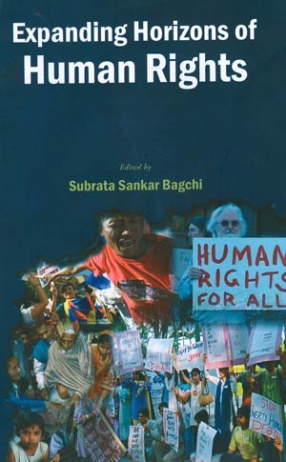
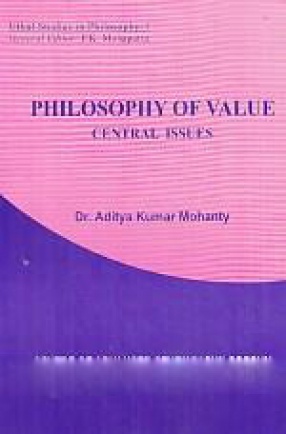

Bibliographic information